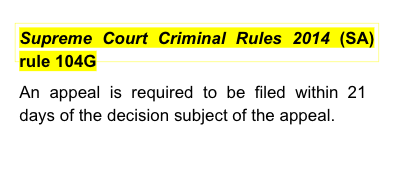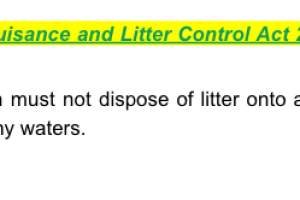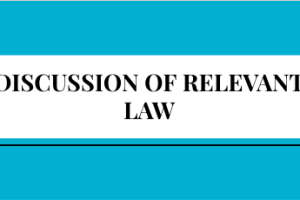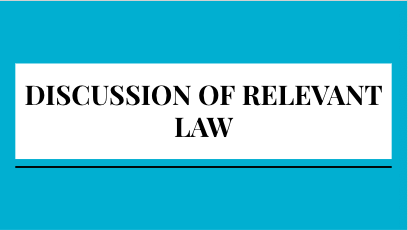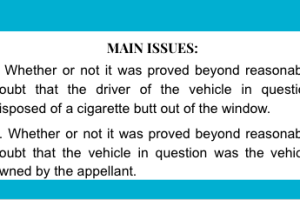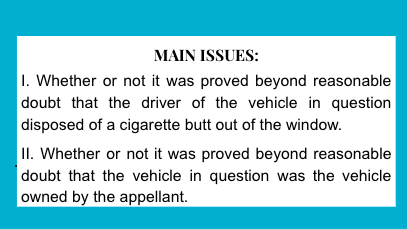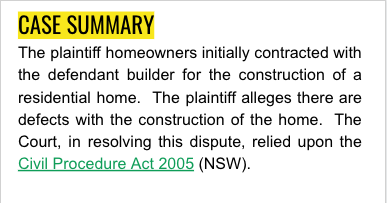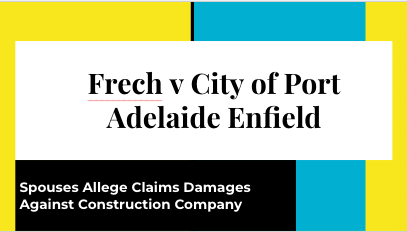Appellant Opposes Conviction Regarding Littering

FRECH v CITY OF PORT ADELAIDE ENFIELD [2022] SASC 69 (12 July 2022)

The appellant was found guilty of being the owner of a vehicle from which a cigarette butt was disposed of onto land on an information laid by the respondent. The appellant appeals his conviction. In determining whether his appeal should be granted, the Court assessed the primary judge's verdict.

Facts:
Mr Frech, the appellant, was found guilty by a Judge of the Environment, Resources and Development of being the owner of a vehicle from which class B hazardous litter (a cigarette butt) was disposed of onto land on an information laid by the respondent. The appellant asserts that: the verdict is unreasonable and not supported by the evidence; the Judge’s reasons are inadequate, and the Judge erred in permitting the prosecution to split its case.
Mr Frech was in April 2019 the registered owner of a Mercedes C200 Kompressor four-door sedan registration number S173BMF (Mr Frech’s Mercedes). On 8 April 2019 at about 11.55 am Amanda Thomason, a parking officer employed by the Council, was driving west on the southern side of North Parade Port Adelaide when she observed a Mercedes (the offending Mercedes) stopped in a bus zone on the opposite (northern) side of North Parade behind a bus.
She drove slowly past the Mercedes and could clearly see the female driver. Ms Thomason made a u-turn and parked behind the offending Mercedes. While sitting in her vehicle, she took two photographs through her front windscreen of the rear of the Mercedes (photographs 1 and 2). She then moved her vehicle because it was obstructing the bus zone. She drove past the Mercedes.
She turned her head to view the driver. She saw that the driver was smoking and flicking ash out of the open driver’s side window. Ms Thomason drove around the block and parked her vehicle in the Fisherman’s Wharf carpark immediately to the south of the southern side of North Parade in a position close to, and approximately northeast, of the offending Mercedes. Ms Thomason proceeded to the Council offices and shortly after midday made handwritten notes of her observations of the offending Mercedes and seeing the driver throw a cigarette butt out of the window.
Ms Thomason created an expiation notice addressed to Mr Frech (the littering expiation notice) alleging the commission of the littering offence. On 8 April 2019 Ms Thomason created a second expiation notice addressed to Mr Frech (the bus zone expiation notice) alleging an offence of being the owner of a vehicle that was stopped in a bus zone.
On 3 June 2019 Mr Frech completed the littering reminder notice and declared the statutory declaration before a Justice of the Peace (the Statutory Declaration). He also ticked the boxes for “elect to be prosecuted” and “dispute the offence for the following reasons”, referring to his statutory declaration.
The Council contends that Mr Frech was relying on the unlawful use defence from the time of the prosecution opening up to the end of Ms Tassone’s evidence in chief and the defence was renounced before cross-examination of Ms Tassone. The Judge concluded that he was satisfied beyond reasonable doubt that a lit cigarette butt was disposed of from Mr Frech’s Mercedes on 8 April 2019 as charged.
Issues:

I. Whether or not it was proved beyond reasonable doubt that the driver of the vehicle in question disposed of a cigarette butt out of the window.
II. Whether or not it was proved beyond reasonable doubt that the vehicle in question was the vehicle owned by the appellant.

Applicable law:
Expiation of Offences Act 1996 (SA) s 26(5) - pursuant to which, before filing the information, the defendant was served with a notice.
Local Nuisance and Litter Control Act 2016 (SA) s 22 - provides that a person must not dispose of litter onto any land or into any waters.

Road Traffic Act 1961 (SA) s 3 - defines owner as: (a) in the case of a vehicle other than a combination but including a vehicle in a combination—
(i) a person who is the sole owner, a joint owner or a part owner of the vehicle; or
(ii) a person who has possession or use of the vehicle under a credit, hire-purchase, lease or other agreement, except an agreement requiring the vehicle to be registered in the name of someone else.
Supreme Court Criminal Rules 2014 (SA) rule 104G - provides that an appeal is required to be filed within 21 days of the decision subject of the appeal.

DL v The Queen [2018] HCA 26; (2018) 266 CLR 1 - provides that not every failure to resolve a dispute will render reasons for decision inadequate to justify a verdict.

Fox v Percy [2003] HCA 22; (2003) 214 CLR 118 - provides that within the constraints marked out by the nature of the appellate process, the appellate court is obliged to conduct a real review of the trial and, in cases where the trial was conducted before a judge sitting alone, of that judge’s reasons.
Hamilton v The Queen [2021] HCA 33; (2021) 95 ALJR 894 - contends that a defendant is bound by forensic decision’s made by his counsel at trial.
M v The Queen [1994] HCA 63; (1994) 181 CLR 487 - held that "here a court of criminal appeal sets aside a verdict on the ground that it is unreasonable or cannot be supported having regard to the evidence, the question is one of fact which the court must decide by making its own independent assessment of the evidence and determining whether, notwithstanding that there is evidence upon which a jury might convict, “none the less it would be dangerous in all the circumstances to allow the verdict of guilty to stand”.
Macks v Viscariello (2017) 130 SASR 1 - provides that a conclusion is not to be drawn from a collection of convenient facts that lead inevitably to that particular result.
R v Sexton [2018] SASCFC 28 - observed the distinction between a complaint of inadequate reasons and a complaint that a judge’s reasons do not support the verdict returned: The former is a complaint that it is not possible to discern how the judge rationally arrived at the determinative conclusions, and the latter is a complaint, in an appeal against conviction, that the reasons and intermediate findings of facts do not support a finding of guilt beyond reasonable doubt.
Analysis:
There is an object depicted in Ms Thomason’s photograph 1 which appears on the balance of probabilities (although it is not possible to be certain) to be a cigarette butt (the photo 1 butt). Mr Frech contends that there is a reasonable possibility that this was the offending butt.
The Council contends that the position of the photo 1 butt by reference to the right-hand side and front alignment of the offending Mercedes and the right-hand side of the bus is different to the position of the offending butt by reference to those alignments as depicted in photographs 3 and 4. On the face of the photographs, photo 1 butt appears to be closer to the centre of the road and closer to the rear of the bus than the offending butt depicted in photographs 3 and 4. However, due to parallax and other aspects of photographs being two-dimensional, it is not possible to be at all definitive.
The existence and position of the photo 1 butt in photograph 1 needs to be taken into account in conjunction with the evidence of Ms Thomason about what she observed when she drove past the offending Mercedes. However, the Court does not have the advantage of having heard and seen Ms Thomason give evidence.
The prosecution evidence established that the offending vehicle was a mid-size four-door Mercedes sedan of a dark colour bearing number plates S173BMF. It established that Mr Frech was the registered owner of a mid-size four-door Mercedes sedan of a dark colour bearing number plates S173BMF.
It was open, on the whole of the evidence in relation to the colour of the offending Mercedes, for the Judge to find that it was dark blue. Ultimately, although it was a matter that the Judge was required to consider and assess, it cannot be concluded that the Judge was precluded from being satisfied beyond a reasonable doubt on the vehicle identity issue by reason of the evidence about the colour of the offending Mercedes.
Conclusion:
Leave should be granted to the appellant to amend the notice of appeal. The Judge did not permit the prosecution to split its case. The Judge’s reasons are inadequate.
The verdict is not unreasonable or incapable of being supported having regard to the evidence. Extension of time to appeal and leave to amend grounds of appeal granted. Verdict of guilty set aside. Matters were remitted for a new trial.




